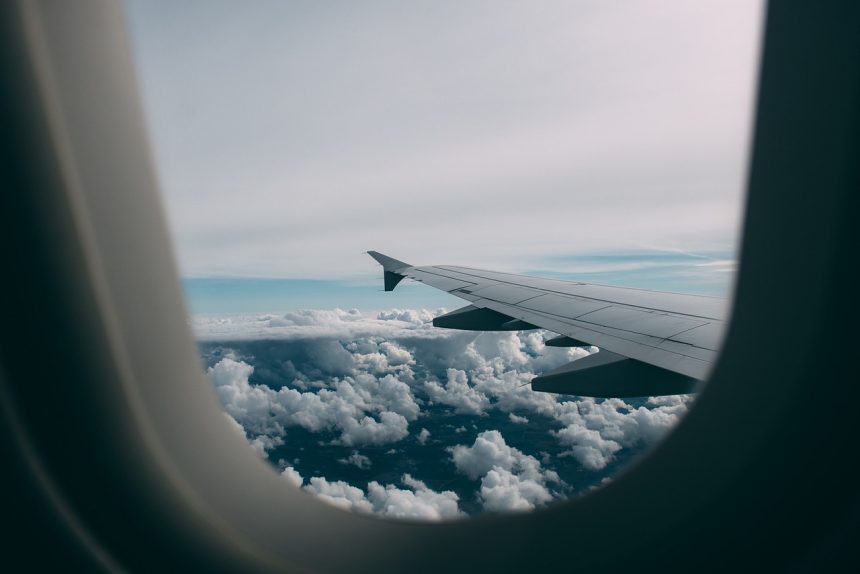Kashmir’s Airfare Crisis: Prices Plummet Amid Declining Tourist Demand
Srinagar 23 May 2025: In an unexpected turn of events, airfares to Kashmir have dropped dramatically, making travel to the Valley more affordable than ever. A one-way ticket from Delhi to Srinagar, which previously cost ₹15,000 or more, is now available for as low as ₹3,800 to ₹4,500. Similarly, flights from Mumbai to Srinagar, which once touched ₹28,000, are now priced under ₹5,000.
This sharp decline in airfares follows the April 22 terrorist attack in Pahalgam, which led to a significant drop in tourist arrivals. The incident has shaken traveler confidence, resulting in hotel cancellations, deferred travel packages, and reduced bookings for the summer season.
The Erratic Nature of Airfare Fluctuations
Before the attack, airline fares to Kashmir were at their seasonal peak, with Delhi-Srinagar flights routinely exceeding ₹15,000. The sudden price drop has raised concerns about the unpredictability of airfare pricing, which directly impacts Kashmir’s tourism economy.
Industry Reactions
- Travel Operators: Local travel agencies report that spring season bookings have plummeted, marking one of the worst downturns in years.
- Hoteliers: Many hotels in Gulmarg, Pahalgam, and Sonamarg are witnessing empty rooms, reflecting the tourism slump.
- Tourism Stakeholders: Industry leaders argue that airfare instability discourages domestic travelers, making it difficult to plan trips confidently.
The Call for Government Intervention
Tourism stakeholders have renewed demands for government regulation of airfares, particularly during peak seasons and emergencies. The Jammu-Srinagar highway, Kashmir’s primary land route, is often blocked due to landslides or snowfall, making air travel the only viable option.
Key Concerns
- Unregulated Pricing: Airlines increase fares drastically when demand is high but slash prices when demand drops, creating market instability.
- Impact on Local Economy: The tourism sector, which supports hoteliers, transport operators, and artisans, is suffering due to erratic airfare trends.
- Accessibility Issues: High airfares affect not just tourists but also students, patients, and traders who rely on affordable travel options.
Civil Society & Industry Appeals
Several civil society groups and travel associations have urged the Ministry of Civil Aviation to introduce a price cap or fare slab for flights to Kashmir. However, the ministry maintains that India follows a deregulated aviation market, where airlines set fares based on demand and supply dynamics.
Despite this, fresh calls for region-specific policies have emerged, emphasizing the need for stable pricing mechanisms.
The Fallout of the Pahalgam Attack
The impact of the April 22 attack has been immediate and damaging:
- Group tours have been canceled, affecting local businesses.
- Advance bookings for summer are significantly lower than previous years.
- Tourist confidence remains shaken, leading to reduced footfall in major destinations.
Bottom-Line
While affordable airfare may seem like a temporary relief, the empty hotels and quiet tourist spots in Kashmir highlight the fragility of the region’s tourism industry. The lack of pricing regulation, security concerns, and unpredictable airfare trends continue to impact Kashmir’s economy.
Industry experts stress that Kashmir needs not just peace, but predictability. Until pricing stability and security measures are addressed, tourism in the Valley will remain vulnerable.



